The red shoulder whose fate was iffy before she made a miraculous recovery was released last week. It was what rehabbers call an “ugly release.” Instead of soaring to the trees, she flew out of the box straight to a clump of grass and sat there hurling expletives at me…and I replied in kind as I gloved up, fully expecting to have to nab her and return her to confinement.
Once all the open wounds were treated and the goose was given some pain meds, it calmed down somewhat. My goal was x-rays the next morning, but there were apparently also some major internal injuries. The goose bled out during the night.
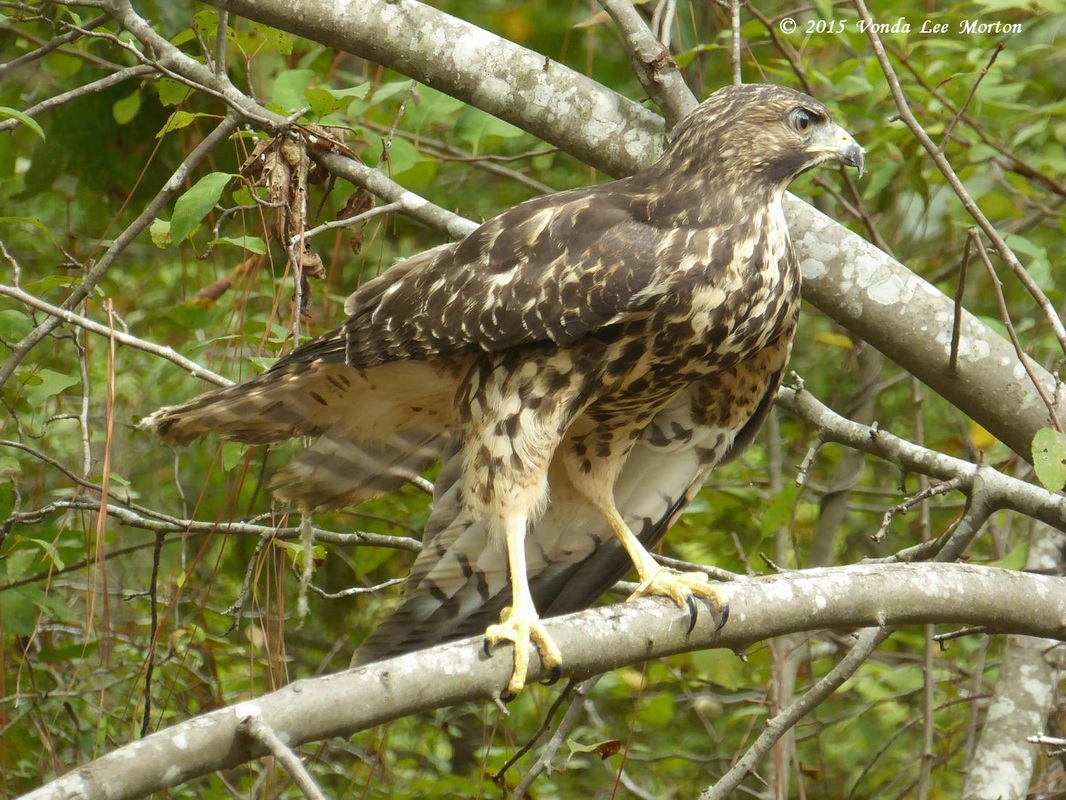
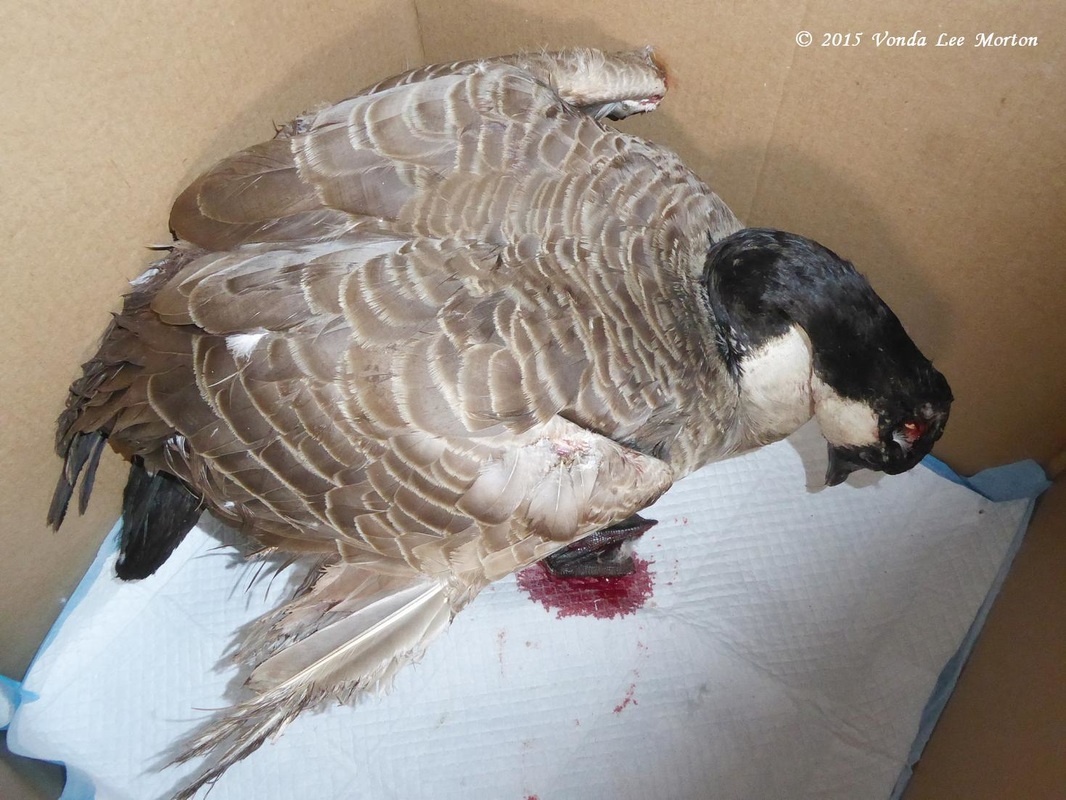
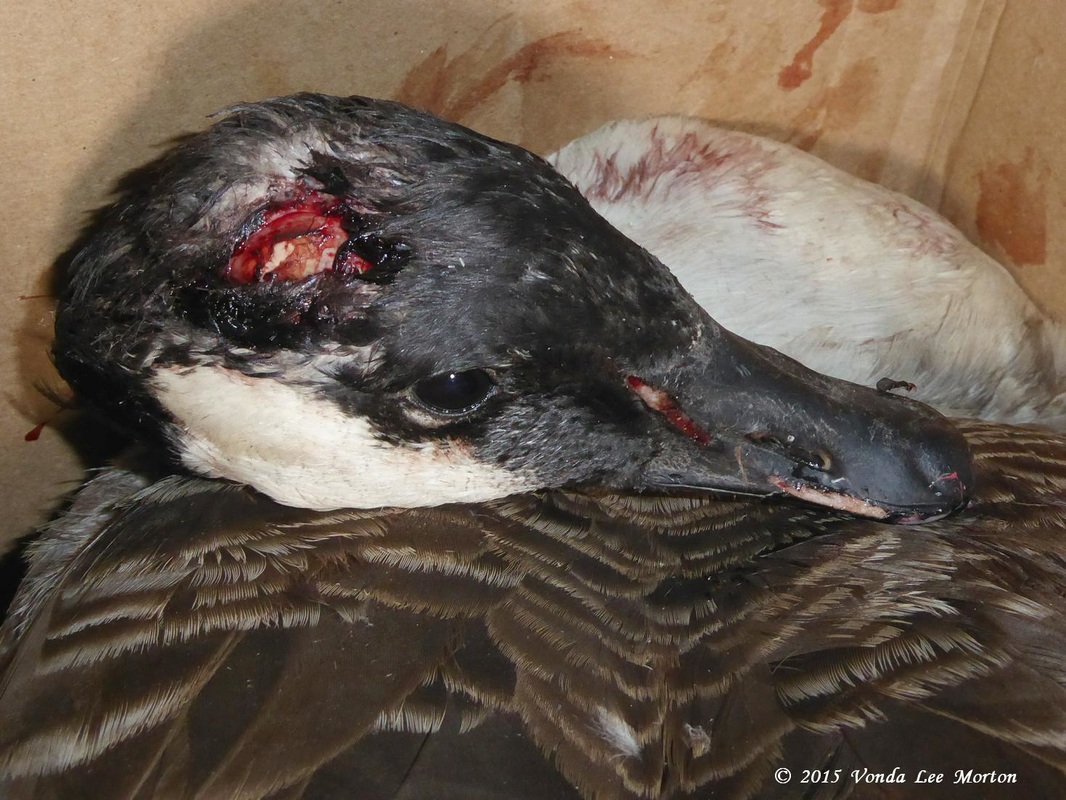
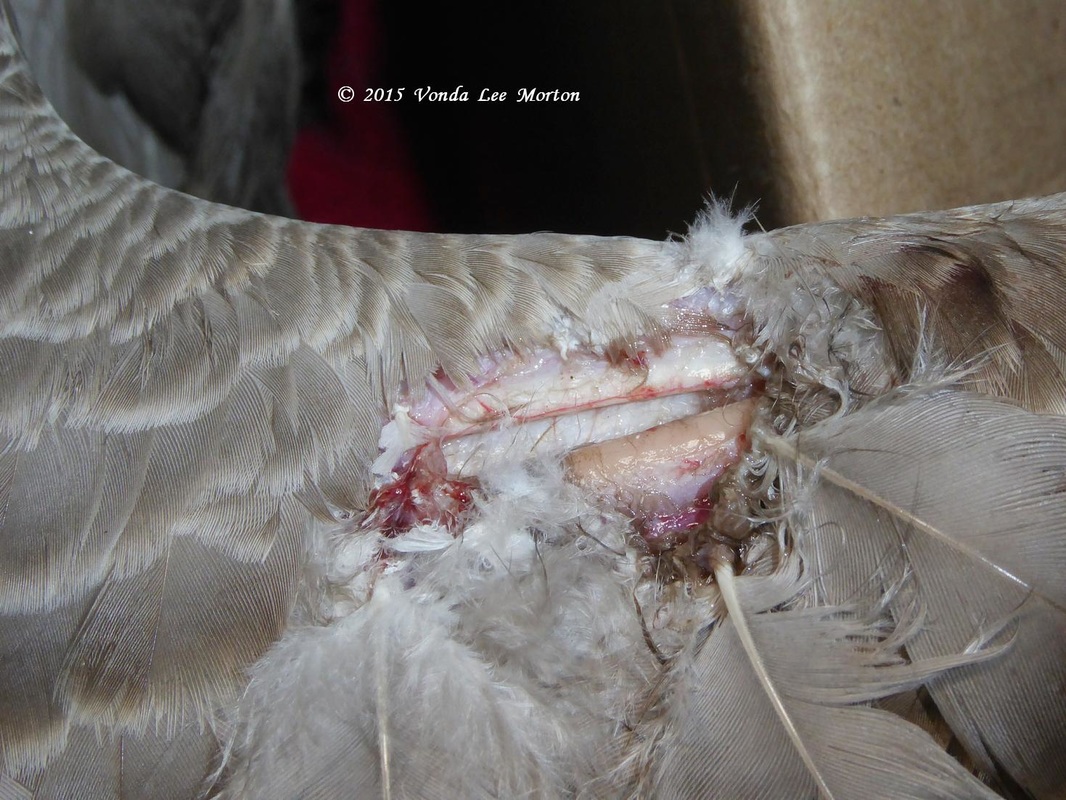
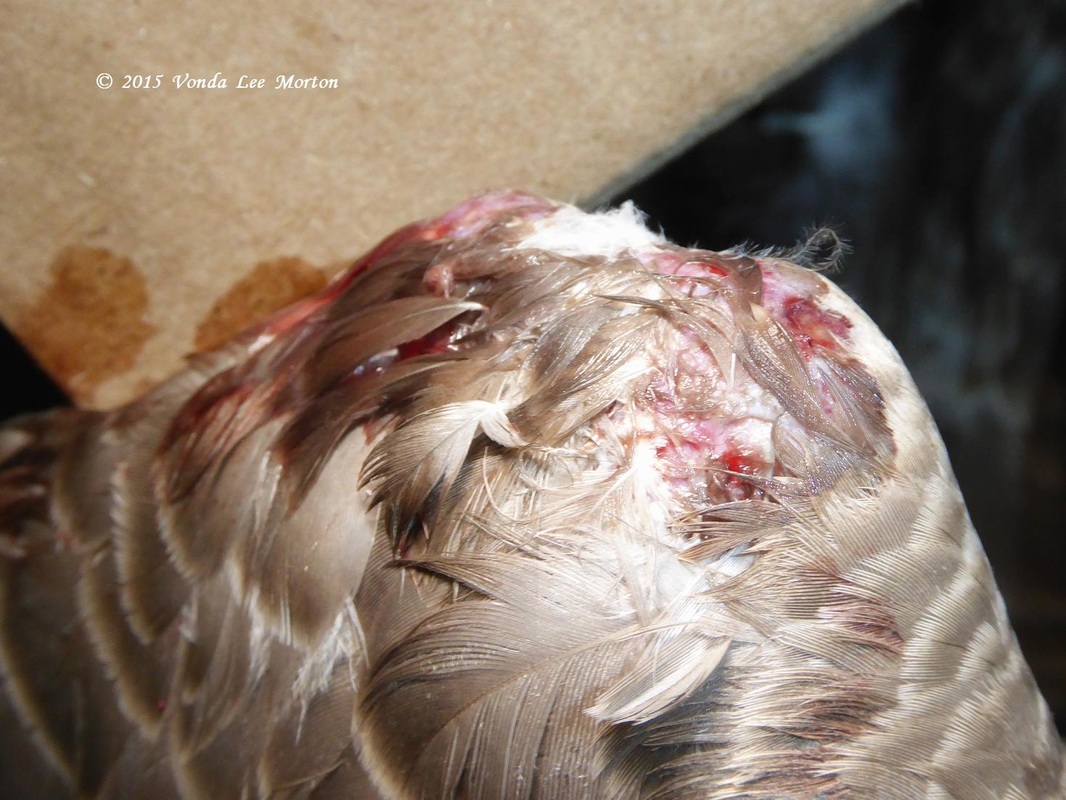
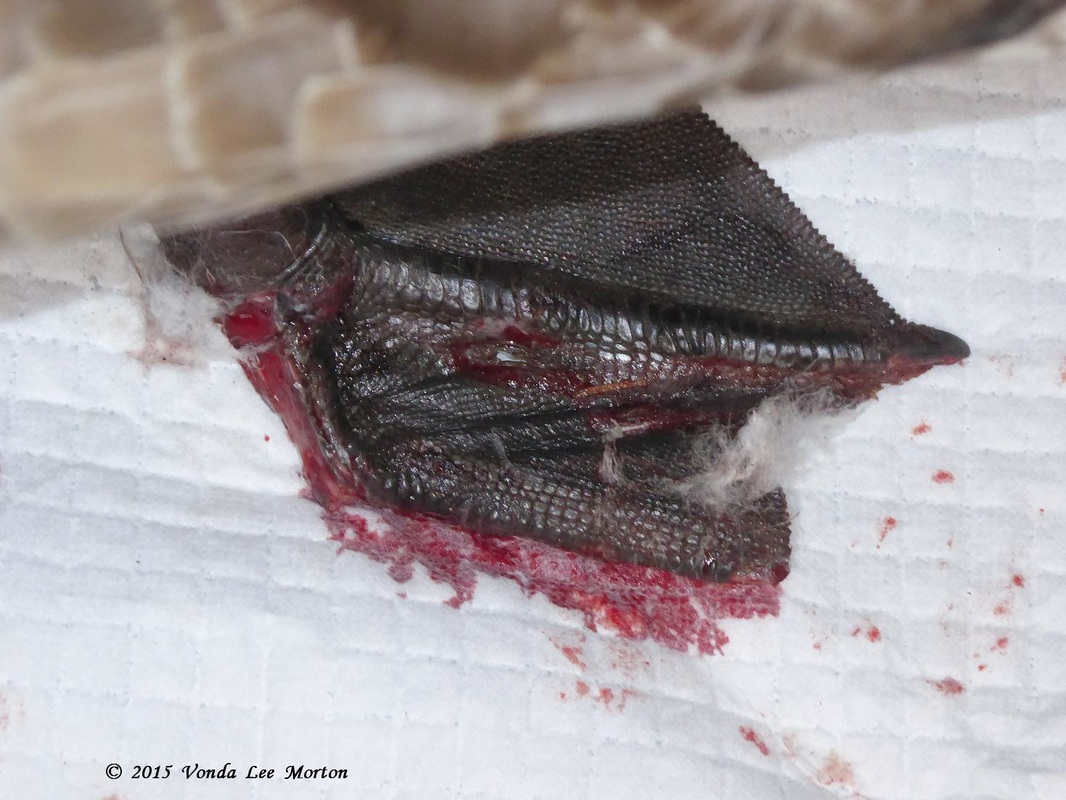
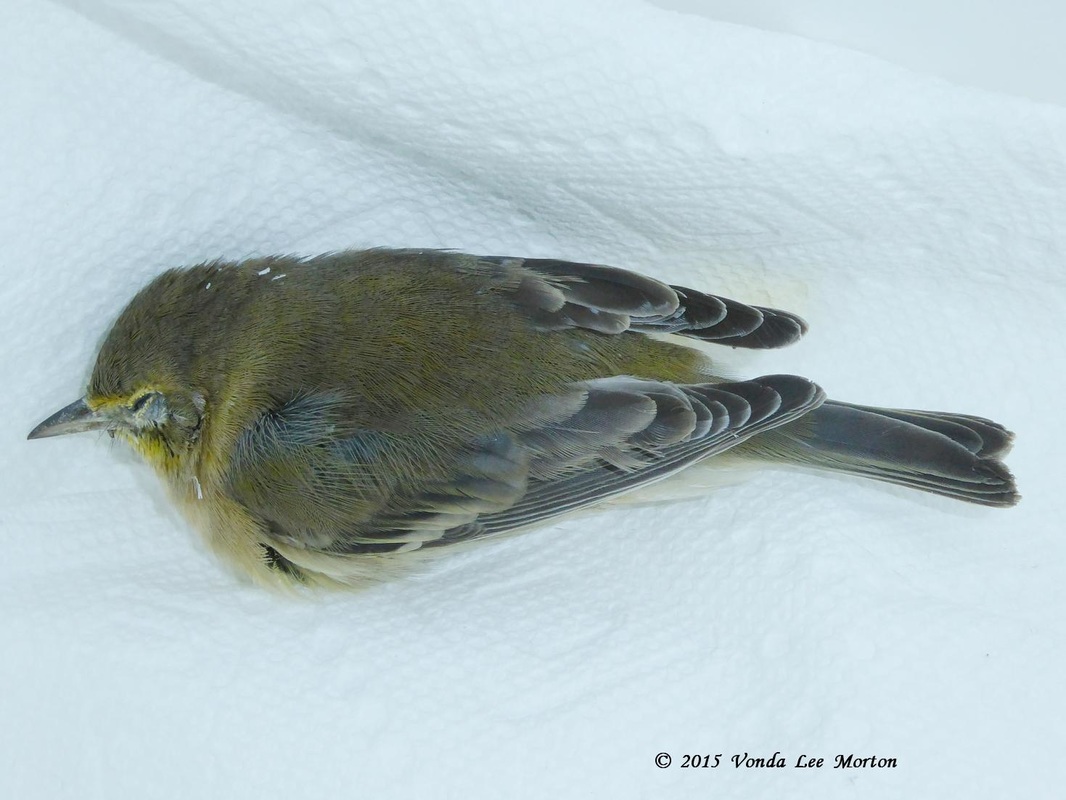
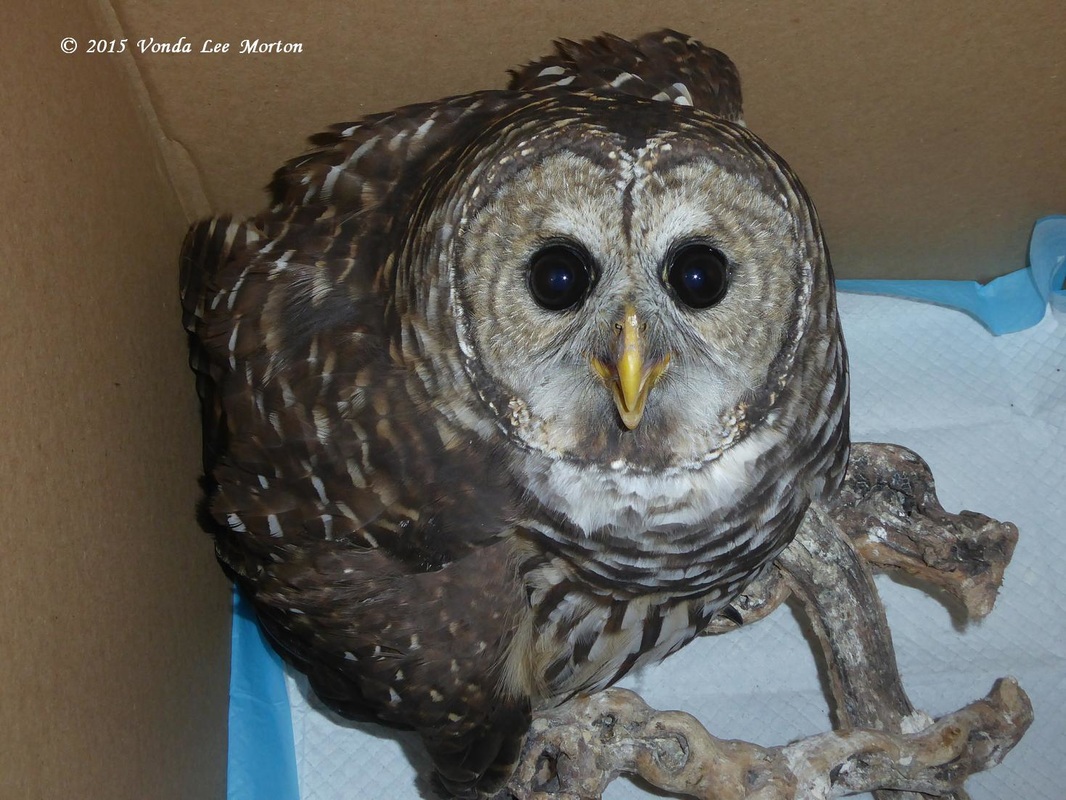
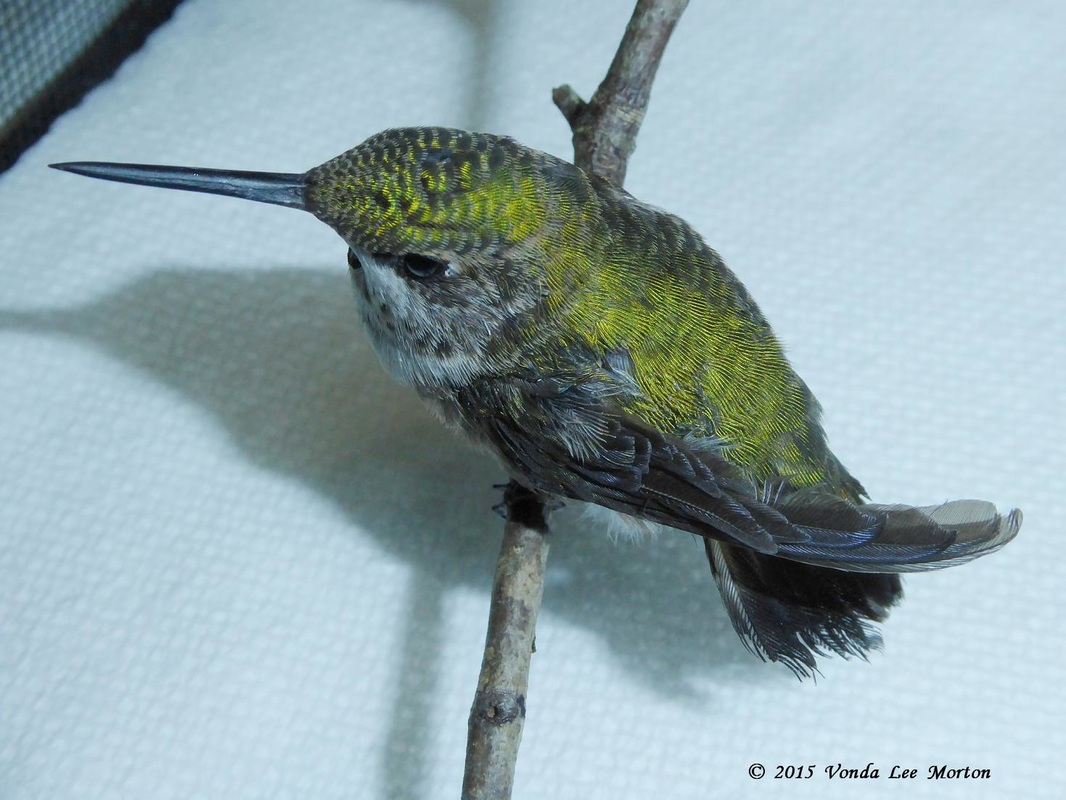
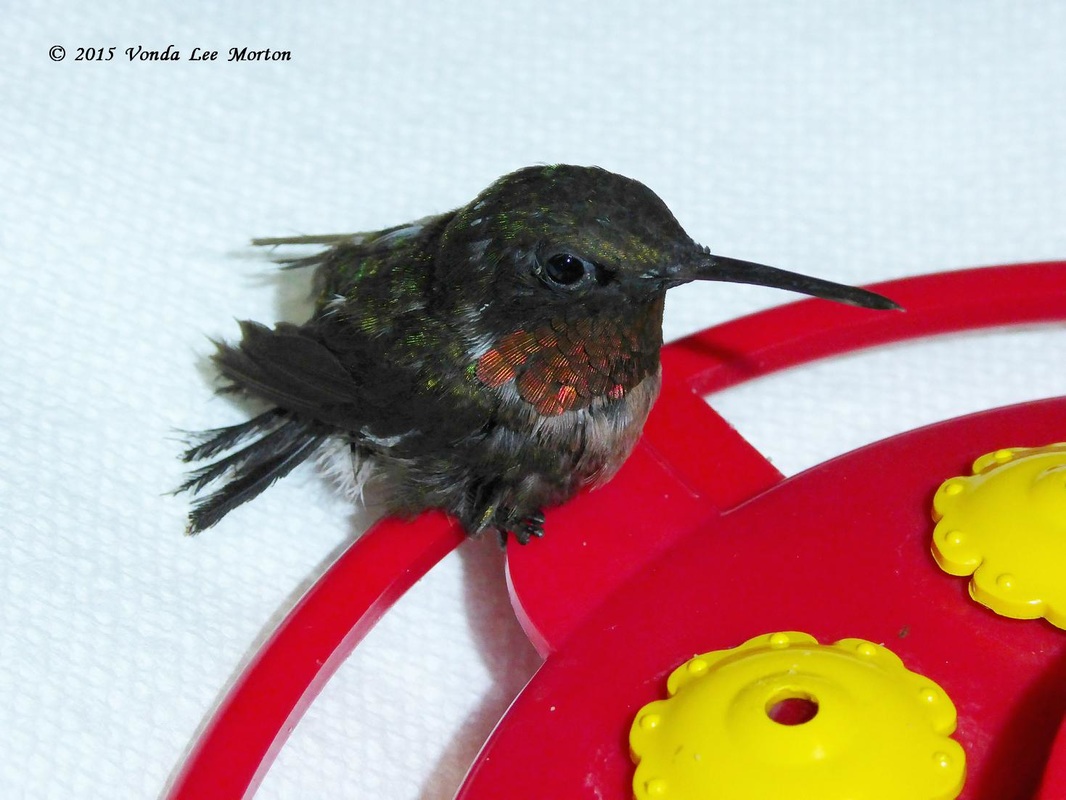
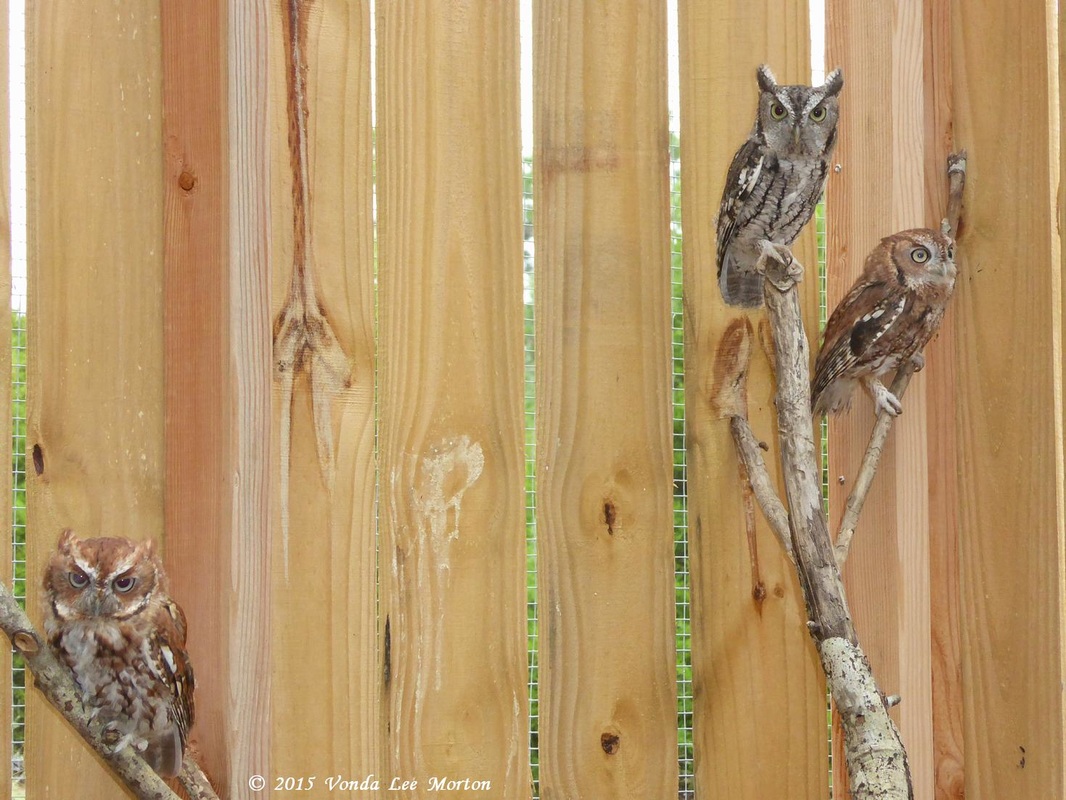
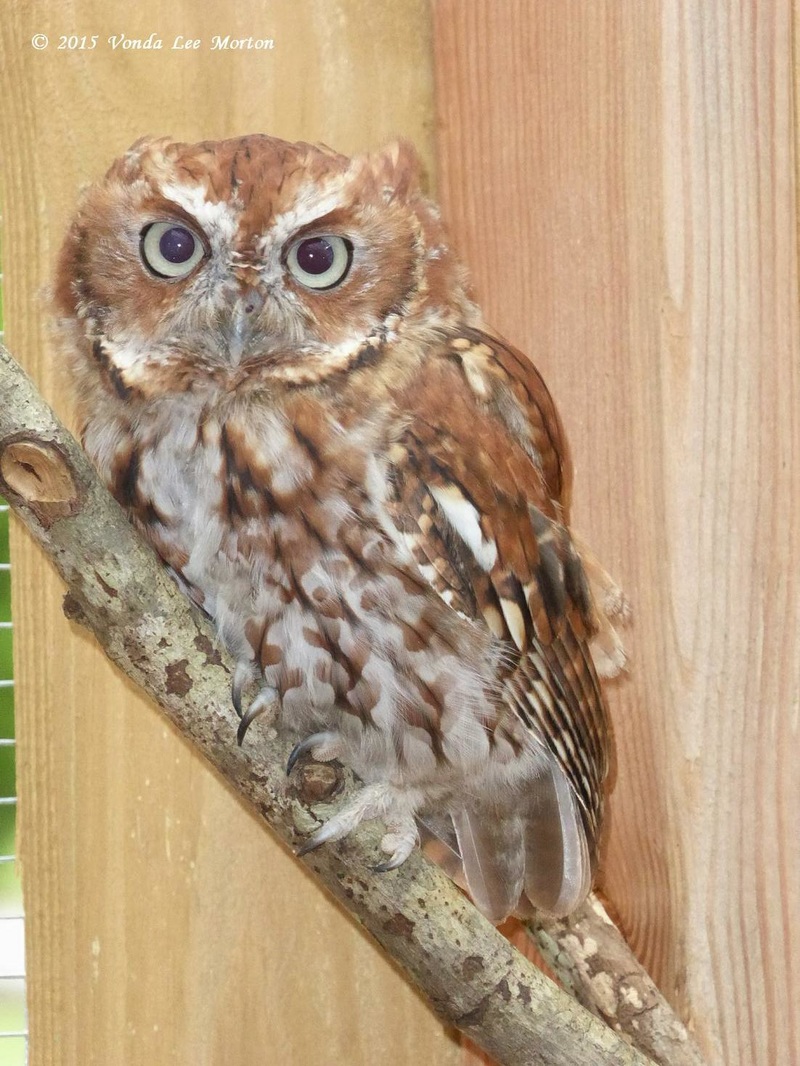
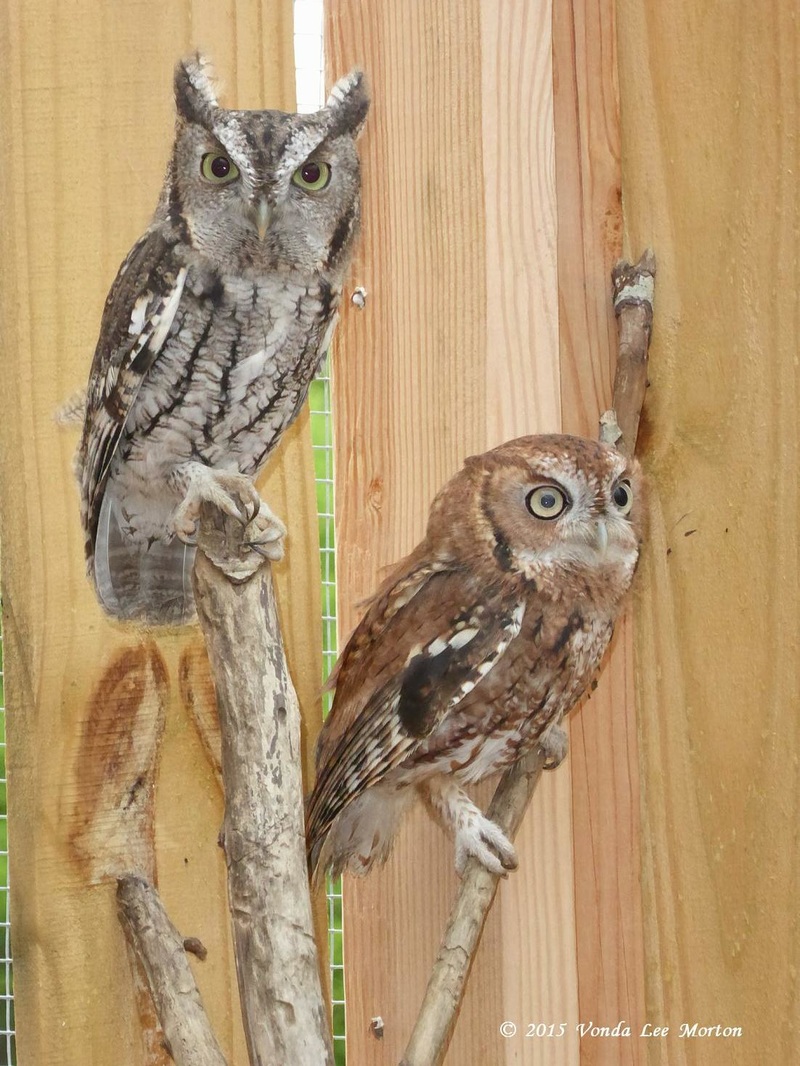

 RSS Feed
RSS Feed
